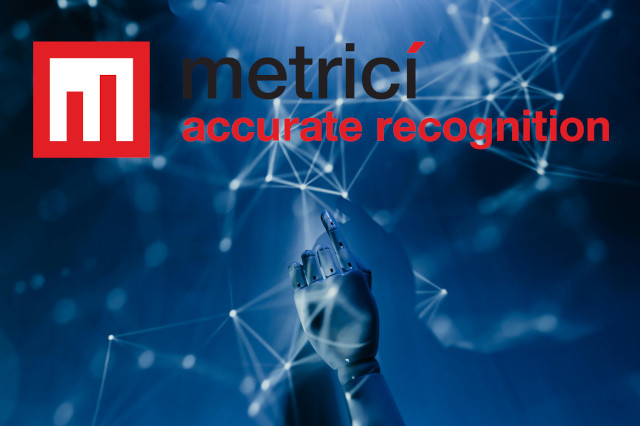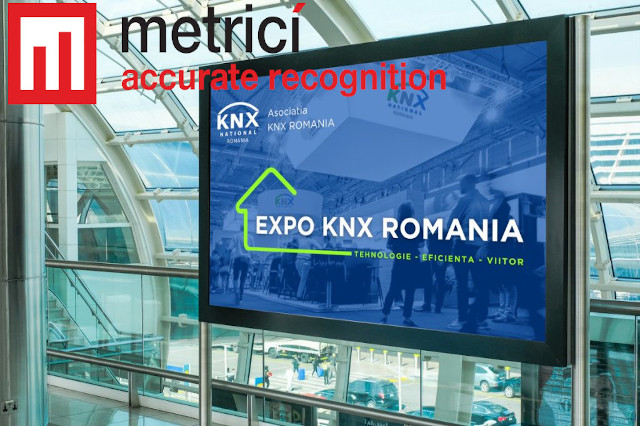- home
-
Products
- Products
- Metrici Custom Applications
- Metrici LPR
- Metrici LPR Parking Module
- Metrici LPR Toll Station Module
- Metrici LPR Weighing Module
- Metrici PPD
- Metrici Area Counter
- Metrici Line Counter
- Metrici QR Code Reader
- Metrici Container Code Recognition
- Metrici Thermal Analyzer
- Metrici Car Kit
- Metrici Server Systems
- Metrici Observer Radar
- Metrici LED Display
- Metrici MultiController
- Metrici LAN Controller
- case studies
- Applications
- Resources
- news
- videos
- Contact
Retail
Retail environments can greatly benefit from the integration of Metrici LPR, Parking Place Detector, Line and Area Counter and Metrici AI technologies. Here’s how these technologies can be used effectively for various applications within a retail setting:
Access Control
Using LPR, Multicontroller
Features:
Benefits:
Example:
• E.G. A retail warehouse uses LPR to grant access to delivery trucks and staff vehicles, ensuring only authorized personnel can enter the loading dock area.


Parking Management for Visitors
Using LPR, PPD, Display & others
Features:
Benefits:
Example:
Parking Management for staff
Using Parking Place Detector and LPR
Features:
Benefits:
Example:
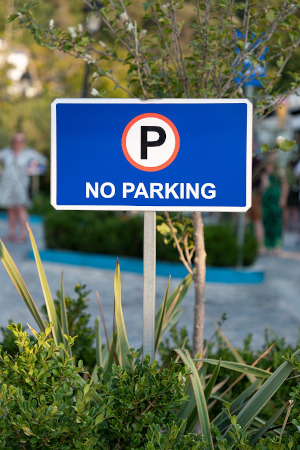
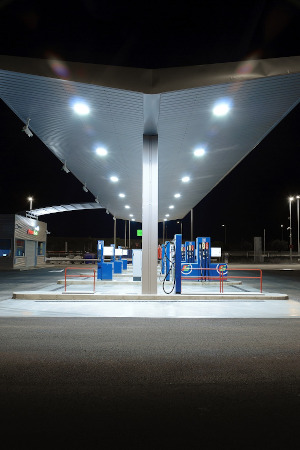
Gas Stations Monitoring
Features:
Benefits:
Example:
Parking Enforcement
LPR & Car Kit
Features:
Benefits:
Example:
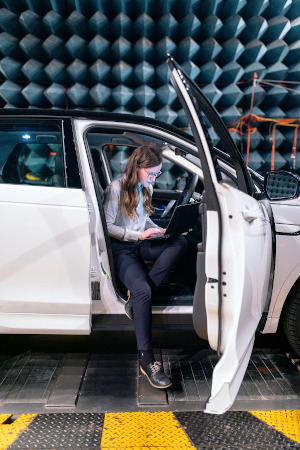
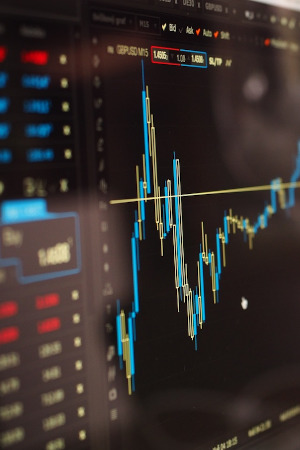
AI-Driven Analytics and Insights
Features:
Benefits:
Example:
Area Counter and Line Counter
Features:
Benefits:


Conclusion
Predictive Analytics:
Customer Behavior Analysis:
Smart Alert Systems:
Enhanced Security:
Sustainability and Energy Management:
